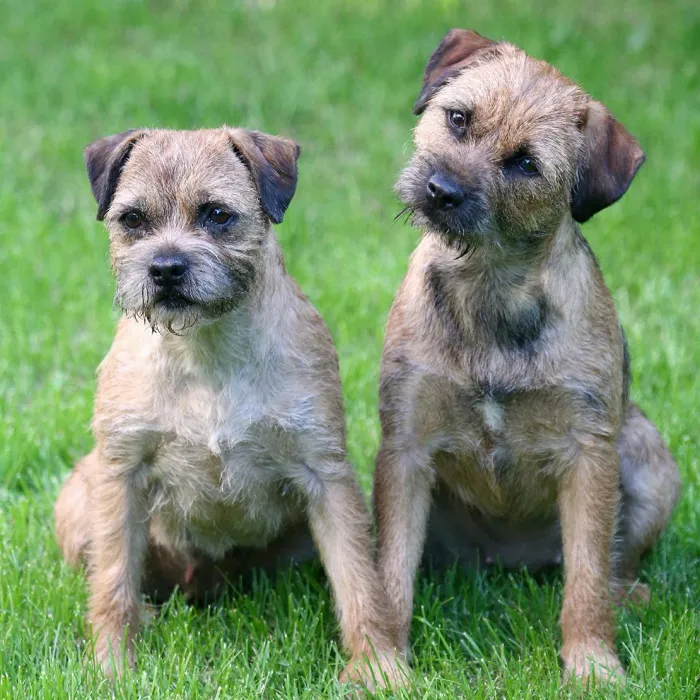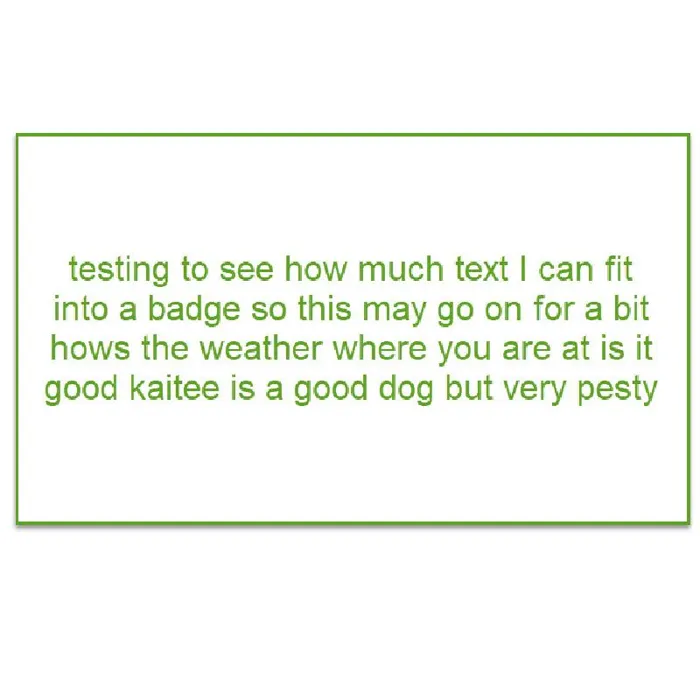Border Terrier

Admirers of the upbeat and agile Border Terrier cherish their breed’s reputation as a tough, no-frills working terrier. These plucky, happy, and affectionate dogs are popular pets in town and country. The wiry coat is an easy keeper.

Ask About Border Terrier ?
Breed Traits
Group
Terrier
About
History
Standard
Nutrition
Grooming
Exercise
Training
Health
General Appearance
He is an active terrier of medium bone, strongly put together, suggesting endurance and agility, but rather narrow in shoulder, body, and quarter. The body is covered with a somewhat broken though close-fitting and intensely wiry jacket. The characteristic "otter" head with its keen eye, combined with a body poise which is "at the alert," gives a look of fearless and implacable determination characteristic of the breed. Since the Border Terrier is a working terrier of a size to go to ground and able, within reason, to follow a horse, his conformation should be such that he be ideally built to do his job. No deviations from this ideal conformation should be permitted, which would impair his usefulness in running his quarry to earth and in bolting it therefrom. For this work he must be alert, active and agile, and capable of squeezing through narrow apertures and rapidly traversing any kind of terrain. His head, "like that of an otter," is distinctive, and his temperament ideally exemplifies that of a terrier. By nature he is good-tempered, affectionate, obedient, and easily trained. In the field he is hard as nails "game as they come" and driving in attack. It should be the aim of Border Terrier breeders to avoid such over emphasis of any point in the Standard as might lead to unbalanced exaggeration.
Size, Proportion, Substance
Head
Neck, Topline, Body
Forequarters
Hindquarters
Coat
Color
Gait
Temperament
All pets have found there homes! Sign up to be notified when new pets are added so you don't miss out.


